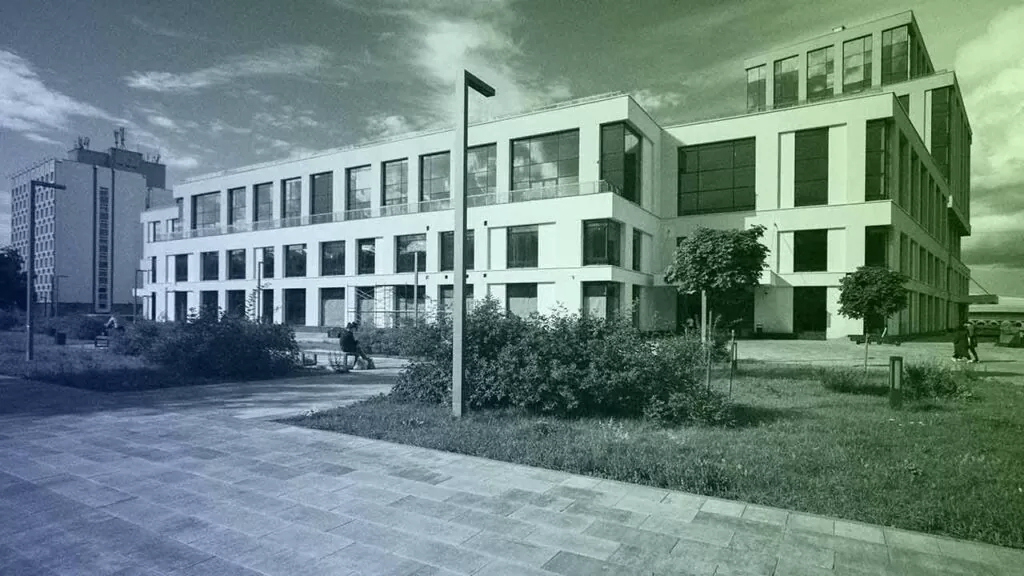Education is one of the cornerstones of a society and one of the most powerful tools that shape our future. However, we live in a world where not every child has equal access to education. Children in disadvantaged areas are more disadvantaged in terms of education due to economic and social challenges they face. In this article, we will discuss the topic of ‘School Investments for Disadvantaged Areas in the City’ and examine why these investments are so crucial.
Challenges of Education in Disadvantaged Areas
Firstly, let’s take a look at the challenges of education in disadvantaged areas. Children living in these areas are often far from quality schools. Class sizes can be large, teacher resources are limited, and school facilities may be inadequate. These factors can negatively impact the education of these children.

The Importance of School Investments Now, let’s delve into the importance of school investments for disadvantaged areas in the city. These investments have the potential to provide equal opportunities to children in these areas. Here are some key reasons that explain the importance of these investments:
A Step Toward Equality: School investments in disadvantaged areas represent a critical way to reduce educational inequalities. These investments ensure that children living in these areas have access to the same quality educational opportunities as their peers in more affluent areas. This not only reduces social inequalities but also helps them start with better prospects for future job opportunities and quality of life. Investments in early childhood education, in particular, play a critical role in reducing this inequality. Ensuring that children in disadvantaged areas receive quality early education enhances their later academic achievements and increases their chances of social mobility.
Empowering Communities: Schools not only provide education to students but also encourage communities to come together and strengthen. School investments in disadvantaged areas bring parents, teachers, and other community members together. This enables communities to work together to solve their problems, create a better standard of living, and look to the future with hope. Additionally, these investments provide leadership opportunities to communities and support local initiatives.
Creating Employment Opportunities: Providing better education to children in disadvantaged areas enables them to have better job opportunities. Well-educated individuals contribute to the workforce with more skills and abilities, which revitalizes the local economy. Moreover, these individuals earn higher incomes, improving the overall economic situation of their families and communities. Increasing employment opportunities in disadvantaged areas contributes to their development.
Social Welfare and Safety: Quality education for children in disadvantaged areas contributes positively to social welfare and safety. Well-educated individuals tend to be more responsible and sensible citizens, which can help reduce crime rates and enhance social harmony. Education also fosters a sense of solidarity and cooperation within communities.
Reducing Inequality in Society: School investments in disadvantaged areas represent an important means of reducing societal inequalities. By ensuring that disadvantaged children have better educational opportunities, these investments reduce future disparities in opportunities. Education helps these children achieve better living conditions and increase their chances of social mobility. Providing equal educational opportunities for children in disadvantaged areas is fundamental to efforts to reduce societal inequality.
Boosting Innovation and Competitiveness in Society: An educated generation enhances a society’s innovation capabilities and increases its national competitiveness. Providing quality education to children in disadvantaged areas contributes to a more advanced and sustainable economy. Well-educated individuals with the ability to generate new ideas and participate in innovative projects make significant contributions to societal development. Therefore, school investments in disadvantaged areas are a strategic way to increase a society’s innovation and competitiveness.
Unlocking Human Potential: Children in disadvantaged areas can realize their potential with the right education and resources. This helps societies make the best use of their resources and fosters development. Maximizing the potential of every child contributes to building more solid and sustainable foundations for societies. School investments in disadvantaged areas play a crucial role in unleashing this potential and are essential for ensuring that every individual has access to the best opportunities.
Investing in the Future: School investments for children in disadvantaged areas represent an investment in the future of societies. These children can become future leaders, entrepreneurs, and agents of social change. The education they receive can shape the long-term success of communities. Therefore, these investments not only create short-term impacts but also influence the success of future generations.
Examples and Success Stories
Now, let’s take a look at some examples and success stories to support this topic:
Example 1: Harlem Children’s Zone
The Harlem Children’s Zone is an organization that provides comprehensive education and support services to children in disadvantaged areas of Harlem. This program has increased academic achievement and graduation rates among students.
Example 2: KIPP Schools
Knowledge is Power Program (KIPP) schools focus on providing high-quality education to children in low-income areas. KIPP schools have made a significant impact by improving student achievements and increasing college enrollment rates.
School investments for disadvantaged areas in the city are a crucial step towards achieving educational equality, but more can be done. Community leaders, educators, and volunteers can come together to support these children and create more opportunities in education. Additionally, sustaining funding is necessary to maintain the sustainability and impact of these investments.
In summary, the rest of the article highlights the importance of school investments for disadvantaged areas in the city in reducing social inequalities, empowering communities, creating employment opportunities, improving social welfare and safety, reducing societal inequality, boosting innovation and competitiveness, unlocking human potential, and investing in the future. Many examples demonstrate that these investments help children in disadvantaged areas have a better future and enhance the overall well-being of communities.


